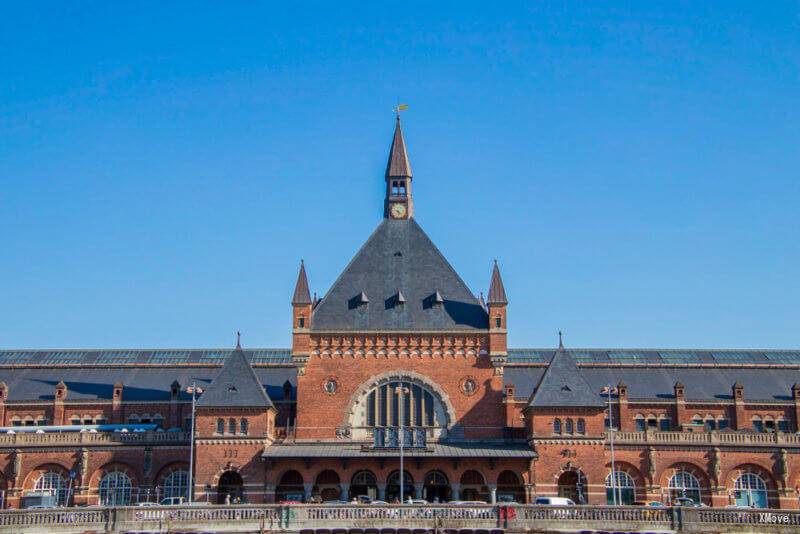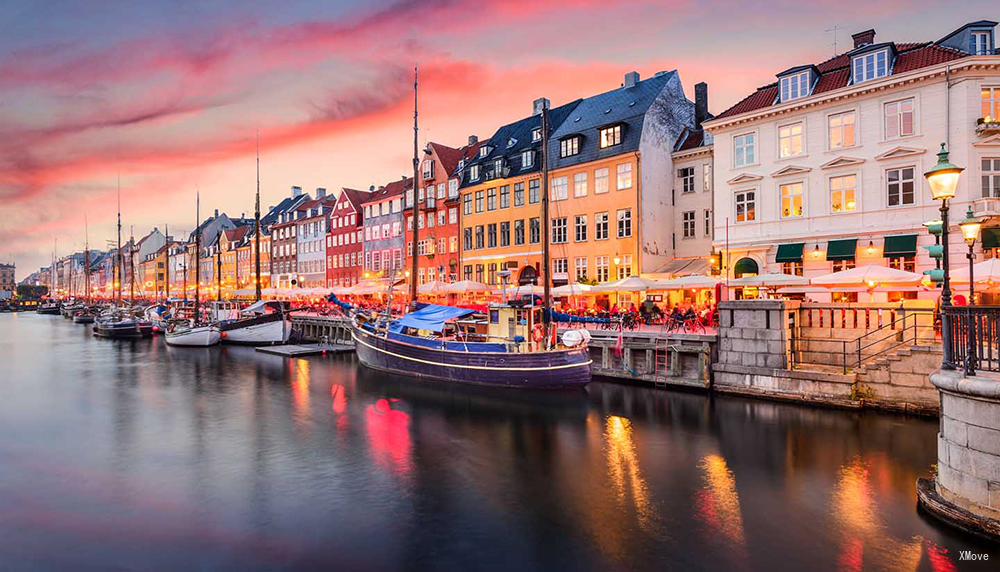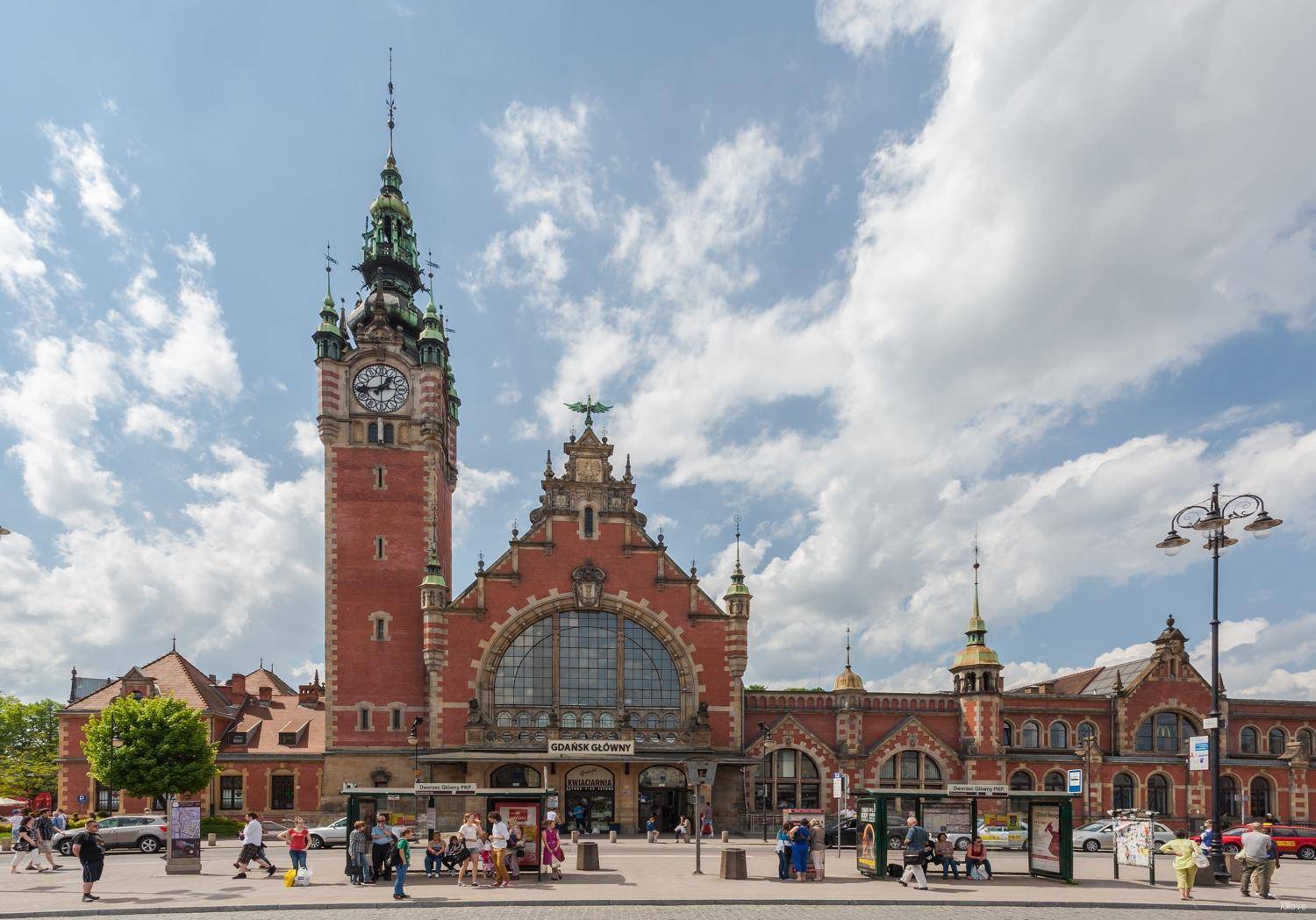Köbenhavn H to Gdansk: Trains, Buses, Fares, Today's Connections, Routes, Duration, Types of Trains, Station Guides, Tips, Journey
Denmark Train Tickets
Train schedule Köbenhavn H to Gdansk(Gdańsk)
Popular train routes departing from Köbenhavn H
* Innsbruck Central(Innsbruck Hbf)
* Duesseldorf Hbf(Düsseldorf Hbf)
* Hamburg Central(Hamburg Hbf)
* Stuttgart Central(Stuttgart Hbf)
* Bydgoszcz Glowna
* Kitzbühel Central(Kitzbühel Hbf)
* Berlin Hohenzollerndamm
Popular train routes arriving in Köbenhavn H
Popular train routes departing from Gdansk(Gdańsk)
* Krakow Głowny(Kraków Główny)
* Prague Central(Praha Hlavní Nádraží (Prag Hl. N.))
* Prague(Praha)
* Koeln Hbf(Köln Hbf)
* Poznan Gl.
* Berlin Central Station(Berlin Hbf)
* Warsaw(Warszawa Wschodnia)
Popular train routes arriving in Gdansk(Gdańsk)
* Berlin East(Berlin Ostbahnhof)
* Wloclawek
* Berlin Gesundbrunnen
* Berlin Schoenefeld Flughafen(Berlin Schönefeld Flughafen)
* Przemysl Gl.
* Gdynia
* Fredericia St

Köbenhavn H
Located in the city centre, all trains pass through this station or start here. There are many cities in Denmark that can be reached by trains. In addition to the Danish cities, there are also famous cities such as Malmö in Sweden, Hamburg in Germany and Amsterdam in the Netherlands. All light rail express trains (except F line) all pass this site
There are many trains from Copenhagen to various cities in Denmark. There are trains to all parts of the country, including 12 minutes to the airport, and some important attractions, City Hall, pedestrian street, round tower and port are all within walking distance. Going to the little mermaid is relatively far away.
The international route is Copenhagen → Hamburg, passing through Lübeck. Or the night train departs from Copenhagen to Hamburg, Amsterdam, Frankfurt, Dresden, Prague and other places, or express trains to the Nordic cities of Gatpo Stockholm.
Köbenhavn H - Station Guide | Departures and Arrivals | Popular Routes
Copenhagen (Danish: København [kʰøpm̩ˈhaʊ̯ˀn] ) is the capital and most populous city of Denmark. As of July 2018, the city has a population of 777,218 (616,098 in Copenhagen Municipality, 103,914 in Frederiksberg Municipality, 43,005 in Tårnby Municipality, and 14,201 in Dragør Municipality). It forms the core of the wider urban area of Copenhagen (population 1,320,629) and the Copenhagen metropolitan area (population 2,057,737). Copenhagen is situated on the eastern coast of the island of Zealand; another small portion of the city is located on Amager, and it is separated from Malmö, Sweden, by the strait of Øresund. The Øresund Bridge connects the two cities by rail and road. Originally a Viking fishing village established in the 10th century in the vicinity of what is now Gammel Strand, Copenhagen became the capital of Denmark in the early 15th century. Beginning in the 17th century it consolidated its position as a regional centre of power with its institutions, defences and armed forces. After a plague outbreak and fire in the 18th century, the city underwent a period of redevelopment. This included construction of the prestigious district of Frederiksstaden and founding of such cultural institutions as the Royal Theatre and the Royal Academy of Fine Arts. After further disasters in the early 19th century when Horatio Nelson attacked the Dano-Norwegian fleet and bombarded the city, rebuilding during the Danish Golden Age brought a Neoclassical look to Copenhagen's architecture. Later, following the Second World War, the Finger Plan fostered the development of housing and businesses along the five urban railway routes stretching out from the city centre. Since the turn of the 21st century, Copenhagen has seen strong urban and cultural development, facilitated by investment in its institutions and infrastructure. The city is the cultural, economic and governmental centre of Denmark; it is one of the major financial centres of Northern Europe with the Copenhagen Stock Exchange. Copenhagen's economy has seen rapid developments in the service sector, especially through initiatives in information technology, pharmaceuticals and clean technology. Since the completion of the Øresund Bridge, Copenhagen has become increasingly integrated with the Swedish province of Scania and its largest city, Malmö, forming the Øresund Region. With a number of bridges connecting the various districts, the cityscape is characterised by parks, promenades and waterfronts. Copenhagen's landmarks such as Tivoli Gardens, The Little Mermaid statue, the Amalienborg and Christiansborg palaces, Rosenborg Castle Gardens, Frederik's Church, and many museums, restaurants and nightclubs are significant tourist attractions. The largest lake of Denmark, Arresø, lies around 27 miles (43 kilometers) northwest of the City Hall Square. Copenhagen is home to the University of Copenhagen, the Technical University of Denmark, Copenhagen Business School and the IT University of Copenhagen. The University of Copenhagen, founded in 1479, is the oldest university in Denmark. Copenhagen is home to the FC København and Brøndby football clubs. The annual Copenhagen Marathon was established in 1980. Copenhagen is one of the most bicycle-friendly cities in the world. The Copenhagen Metro launched in 2002 serves central Copenhagen. The Copenhagen Metro is scheduled to expand radically with the opening of the City-ring line during fall 2019, the new line will connect all inner boroughs of the city by metro, including The Central Station, and will open up 17 new stations for Copenhageners. The new metro line is a part of the city's strategy to transform mobility towards sustainable modes of transport such as public transport and cycling as opposed to automobility. Additionally the Copenhagen S-train, the Lokaltog (private railway) and the Coast Line network serves and connects central Copenhagen to outlying boroughs. The Copenhagen-Ringsted Line will relieve traffic congestion in the corridor between Roskilde and Copenhagen. Serving roughly two million passengers a month, Copenhagen Airport, Kastrup, is the busiest airport in the Nordic countries.
Copenhagen - Guide, Attractions, Tours, Sightseeings | Train from/to Copenhagen | Popular RoutesGdańsk (, also US: , Polish: [ɡdaj̃sk] ; Kashubian: Gduńsk; German: Danzig [ˈdantsɪç] ) is a city on the Baltic coast of northern Poland. With a population of 466,631, Gdańsk is the capital and largest city of the Pomeranian Voivodeship and one of the most prominent cities within the cultural and geographical region of Kashubia. It is Poland's principal seaport and the centre of the country's fourth-largest metropolitan area.The city is situated on the southern edge of Gdańsk Bay on the Baltic Sea, in a conurbation with the city of Gdynia, spa town of Sopot, and suburban communities; these form a metropolitan area called the Tricity (Trójmiasto), with a population approaching 1.4 million. Gdańsk lies at the mouth of the Motława River, connected to the Leniwka, a branch in the delta of the nearby Vistula River, which drains 60 percent of Poland and connects Gdańsk with the Polish capital, Warsaw. Together with the nearby port of Gdynia, Gdańsk is also a notable industrial center. The city's history is complex, with periods of Polish, Prussian and German rule, and periods of autonomy or self-rule as a free city state. In the early-modern age Gdańsk was a royal city of Poland. It was considered the wealthiest and the largest city of Poland, prior to the 18th century rapid growth of Warsaw. In the late Middle Ages it was an important seaport and shipbuilding town and, in the 14th and 15th centuries, a member of the Hanseatic League. In the interwar period, owing to its multi-ethnic make-up and history, Gdańsk lay in a disputed region between Poland and Germany, which became known as the Polish Corridor. The city's ambiguous political status was exploited, furthering tension between the two countries, which would ultimately culminate in the Invasion of Poland and the first clash of the Second World War just outside the city limits, followed by the flight and expulsion of the majority of the previous population in 1945. In the 1980s it would become the birthplace of the Solidarity movement, which played a major role in bringing an end to Communist rule in Poland and helped precipitate the collapse of the Eastern Bloc, the fall of the Berlin Wall and the dissolution of the Soviet Union. Gdańsk is home to the University of Gdańsk, Gdańsk University of Technology, the National Museum, the Gdańsk Shakespeare Theatre, the Museum of the Second World War, Polish Baltic Philharmonic and the European Solidarity Centre. The city also hosts St. Dominic's Fair, which dates back to 1260, and is regarded as one of the biggest trade and cultural events in Europe. Gdańsk has also topped rankings for the quality of life, safety and living standards worldwide.
Gdansk - Guide, Attractions, Tours, Sightseeings | Train from/to Gdansk | Popular Routes
Denmark Train Tickets
Hot Journeys
* Rome(Roma) -> Naples
* Strasbourg -> Paris
* Frankfurt -> Munich(Müchen)
* Bratislava(Bratislava) -> Warsaw(Warszawa)
* Milan -> Lucerne(Luzern)
* Arth -> Milan
* Florence -> Prato(Prato)
* Lucerne(Luzern) -> Interlaken
* Lisbon(Lisboa) -> Porto(Porto)
* Frankfurt -> Berlin(Berlin)
* Stuttgart -> Frankfurt Airport(Frankfurt Flughafen)
* Stuttgart -> Frankfurt
* Munich(Müchen) -> Dusseldorf(Düsseldorf)
* Milan -> Venice(Venezia)
* Helsinki(Helsinki) -> Rovaniemi(Rovaniemi)
* Oxford -> London(London)
* Kaohsiung(高雄) -> Taipei(台北)
* Milan -> Venice(Venezia)




